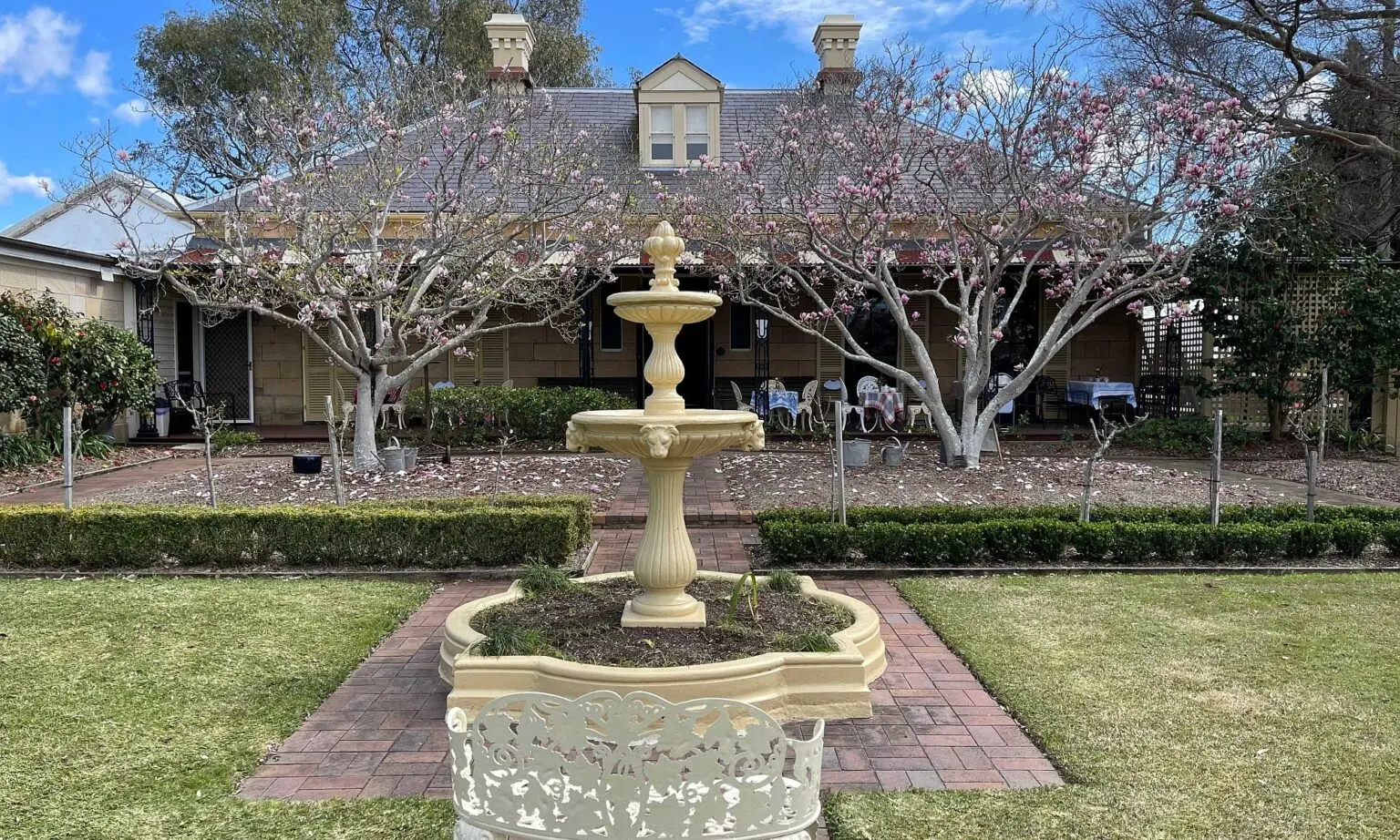To mark the time at which the first Australians waded ashore ANZAC Cove in 1915, thousands will gather to watch an ANZAC Day Dawn Service. ANZAC Day was established to honour those who served and gave their lives in the Great War. However, in the years since WWI, Australian troops have answered the call to …
Anonymous Letter to George Hawk
This anonymous letter was written to Mr. George Hawk (known popularly as “The Bird”) when he was seeking aldermanic honours in 1900. Mr. Hawk was a well-known temperance worker – hence the heavy-handed humour. Sewerside Brewery,October 18, 1900.– Bird Esq., Dear Sir, As we understand it is your intention to give the ratepayers of Penshurst …
The Early Picture Theatres Of Arncliffe
by Gifford and Eileen Eardley It is not very difficult to envisage the impact the introduction of moving pictures made on the community at large in the early period of the twentieth century. The magic lantern was in use, on special occasions, for public entertainment for several years prior to the advent of the “Movies”, …
Municipality of Hurstville: An Early History
The history of colonisation in Australia starts when Captain Cook gave the order to drop the anchor of the “Endeavour” on April 29, 1770, in Botany Bay. We had hoped to start the history of Hurstville from the same point, for, on May 4, Cook set out to explore what is now Georges River, but …
Continue reading “Municipality of Hurstville: An Early History”
Lydham Hall’s “Water Hens” Painting
by Bettye Ross For want of a name I call the small ground birds in Neville W. Cayley’s painting above the carrara marble fireplace in Lydham Hall’s bedroom, Water Hens. I don’t know if they actually are Water Hens for although I have Mr. Cayley’s Book What Bird is That? I have never taken the …

